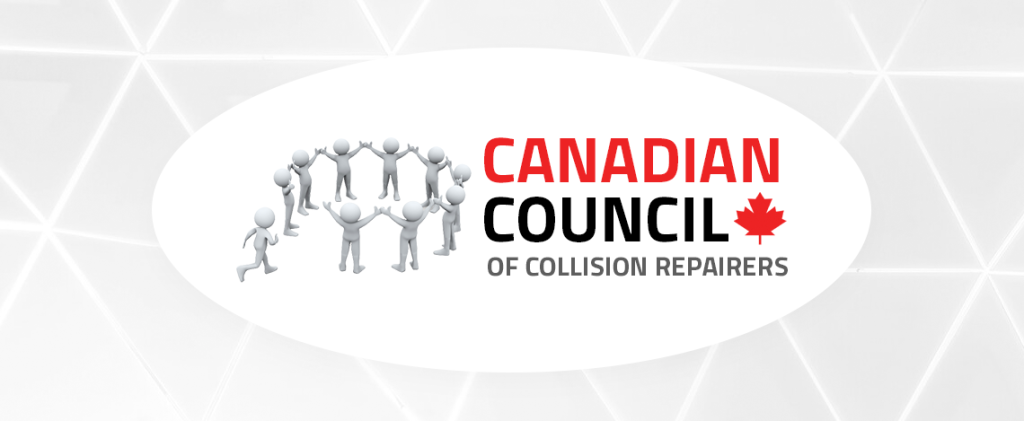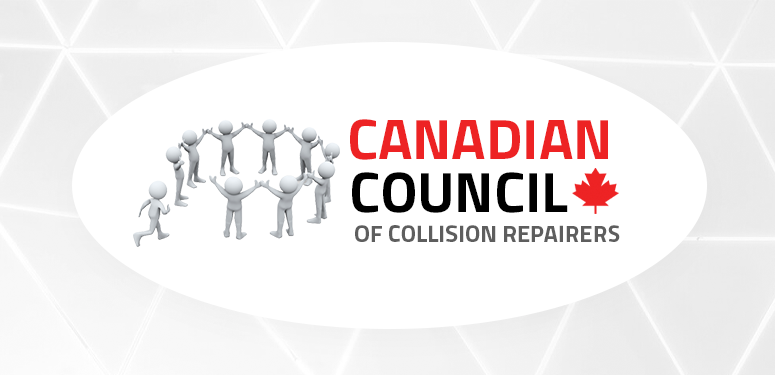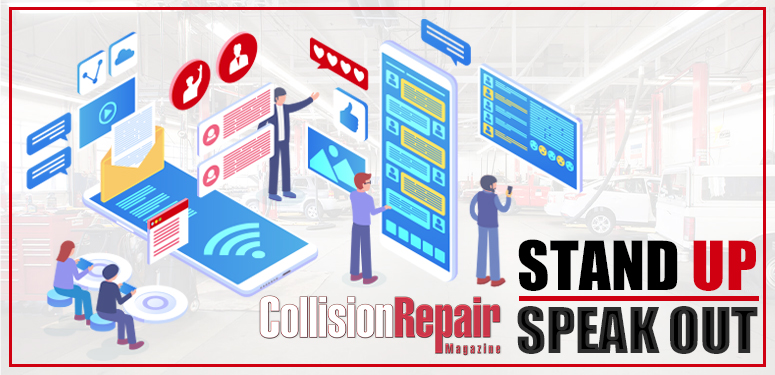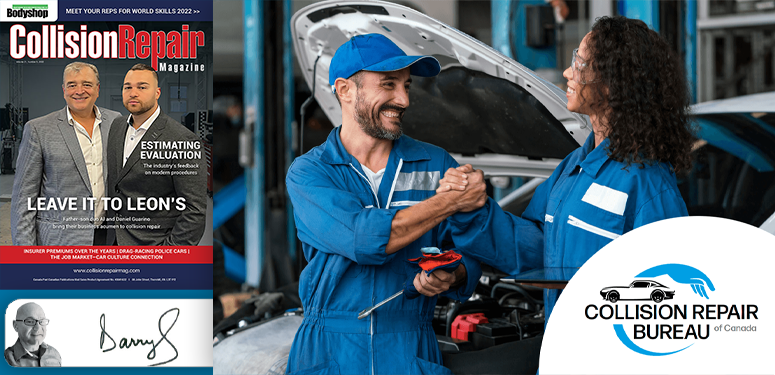Canadian Council of Collision Repairers
Inaugural Meeting of Advisors
Minutes of Meeting
December 6, 2022
The first meeting included those who indicated they would like to be part of an ad hoc Advisory Group. Roughly 25 invitations were sent out and attendance was 12. All present identified themselves and felt this disclosure was a priority.
The meeting’s intent was to introduce “advisor” members to each other, although most were already familiar with those in attendance.
Discussion about the mission of the CCCR: Group was asked to visit the CCCR website to provide feedback on the copy to ensure the mission statements and other copy is accurate and agreed upon. Any changes are to be forwarded. In the absence of changes, the copy is assumed to be approved.
Currently, there are 99 members signed up via the website. It was discussed that numbers must double or triple, and be geographically representative, to obtain the critical mass needed to be taken seriously as a national council.
A general discussion was introduced re: the mission. It was clearly stated that professionalism must be a core value for the shops and owners.
There was discussion about how the group should be organized moving forward. Options included: performance group model; in-person meetings; continue zoom meetings and emails; geographically.
Key to the discussion was the importance of maintaining focus by including only shop owners and shop managers. It was agreed that allowing other stakeholders could easily dilute the vision and platform.
All members introduced themselves and there was discussion about how the “group” could move forward. It was decided that the group would continue to use surveys to keep attuned to items of importance and how the group would be functionally organized. The hiring of an Executive Director was also discussed and consensus felt this was not a current concern.
Select members will be given a list of approximately 100 members signed up to date. They will decide if the membership is valid.
It was suggested that the CCCR website have a password protected area for members only so discussions could take place in “semi-real-time” in a secure area. Members will only be allowed access after being vetted.
Once the list is vetted, the next survey going out will poll members re: organizational structure, meeting frequency and how the meeting will be conducted and the method to promote peer-to-peer communication (i.e. should the member list be made public to other members). It was suggested that each region in the country could have its own committee. Also discussed was the fact that members should communicate with others directly and that any concerns could be brought directly to all members by email.
Regional Representatives:
Atlantic: Kelvin Campbell
Southern Ontario: Max DiFelice
Eastern Ontario: Shawn Stenson
GTA: Jeff Pabst
Northern Ontario: Daniel Trevisanotto
Manitoba: Joel McPhail
Saskatchewan: Mike Mario
Alberta: Steve Hammond
British Columbia: Wade Bartok






